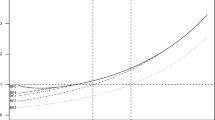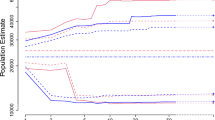Abstract.
This article surveys Bayesian methods for categorical data analysis, with primary emphasis on contingency table analysis. Early innovations were proposed by Good (1953, 1956, 1965) for smoothing proportions in contingency tables and by Lindley (1964) for inference about odds ratios. These approaches primarily used conjugate beta and Dirichlet priors. Altham (1969, 1971) presented Bayesian analogs of small-sample frequentist tests for 2 x 2 tables using such priors. An alternative approach using normal priors for logits received considerable attention in the 1970s by Leonard and others (e.g., Leonard 1972). Adopted usually in a hierarchical form, the logit-normal approach allows greater flexibility and scope for generalization. The 1970s also saw considerable interest in loglinear modeling. The advent of modern computational methods since the mid-1980s has led to a growing literature on fully Bayesian analyses with models for categorical data, with main emphasis on generalized linear models such as logistic regression for binary and multi-category response variables.
Similar content being viewed by others
Author information
Authors and Affiliations
Corresponding author
Rights and permissions
About this article
Cite this article
Agresti, A., Hitchcock, D.B. Bayesian inference for categorical data analysis. JISS 14, 297–330 (2005). https://doi.org/10.1007/s10260-005-0121-y
Issue Date:
DOI: https://doi.org/10.1007/s10260-005-0121-y




